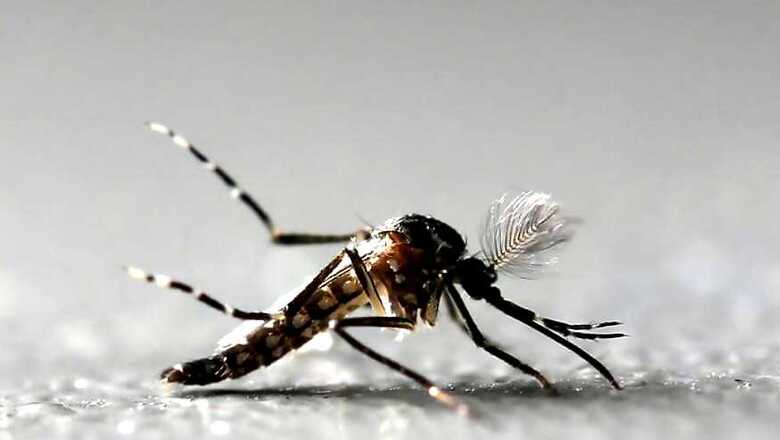
views
The gene which gave rise to the deadly disease malaria has now been ‘resurrected’ by scientists, and it allows them to work out the series of events that led to the malaria parasite Plasmodium falciparum infecting humans. Malaria is an acute febrile illness. In a non-immune individual, symptoms usually appear 10–15 days after the infective mosquito bite. The first symptoms – fever, headache, and chills – may be mild and difficult to recognize as malaria.
Malaria is caused by Plasmodium parasites. The parasites are spread to people through the bites of infected female Anopheles mosquitoes, called "malaria vectors." According to a report published in 2017, P. falciparum accounted for 99.7% of estimated malaria cases in the WHO African Region, as well as in the majority of cases in the WHO regions of South-East Asia (62.8%), the Eastern Mediterranean (69%) and the Western Pacific (71.9%).
"P falciparum is one of the great scourges of man," Gavin Wright, from the U.K.'s Wellcome Sanger Institute, told Newsweek. "It has been said that malaria has killed more people in the history of mankind than any other disease."
Wright is lead author of a study published in PLOS Biology that shows how P. falciparum managed to switch hosts from gorillas to humans about 50,000 years ago. At this point, the parasite gained the ability to infect our red blood cells. "Until a few years ago, the origin of P. falciparum was a mystery but it was found that it was most closely related to a Plasmodium parasite which exclusively infected gorillas," Wright said.
However, the pattern of the genetic sequence did not explain how the parasite managed to jump from gorillas to humans. Nonetheless, it revealed a region of the genome that appeared to have transferred, and this region encoded a gene called rh5, which we know allows the parasite to infect human red blood cells.
"The next challenge was to understand how these molecular changes could have led to the parasite being able to infect humans," Wright said.
The team reconstructed the ancestral sequence to "resurrect" the rh5 DNA sequence to show how it was transferred to humans. Synthetic copies of this ancient gene were created in the laboratory in order to observe the molecular interactions that took place.
"We have taken existing gene sequences and computer-based predictions—ancestral sequence reconstruction—to turn the clock back using a type of 'molecular archaeology' to determine the likely sequence of the genes involved at the time the species switch happened," Wright explained.
Results showed that it had the ability to bind to both gorillas and humans. "This provides a molecular explanation for how the species jump could have occurred," Wright said. "We have therefore delineated a molecular pathway which explains how the ancestor of P. falciparum was able to jump host from gorillas to humans."
From this, they were able to identify a mutation that meant P. falciparum lost the ability to infect gorillas, confining it to humans only. Wright said that understanding these molecular events is important as most infectious diseases are "zoonoses." This is where a pathogen that infects other animals accumulates mutations allowing it to breach species barriers and infect humans. "By understanding the possible molecular pathways involved, although the chances are very slim, we can perform sequence surveillance of circulating parasite in the wild to try and prevent this happening again."
In terms of malaria, scientists have been looking at rh5 as a possible target for a potential vaccine. If the interaction between the parasite and this gene can be disrupted, it may stop it being able to infect the red blood cells.
"Rh5 is currently an exciting blood stage malaria vaccine target that is actively being worked on by the malaria community," Wright said. "Any additional information that could help in the development of this vaccine would be important."




















Comments
0 comment